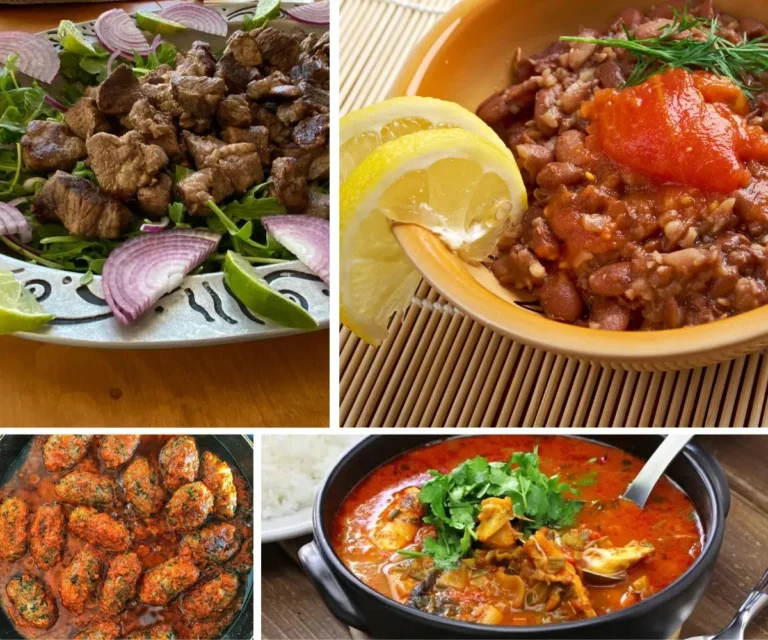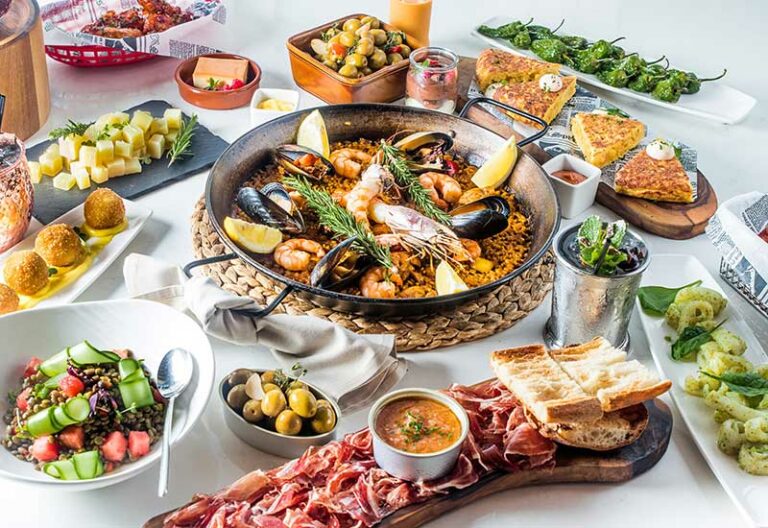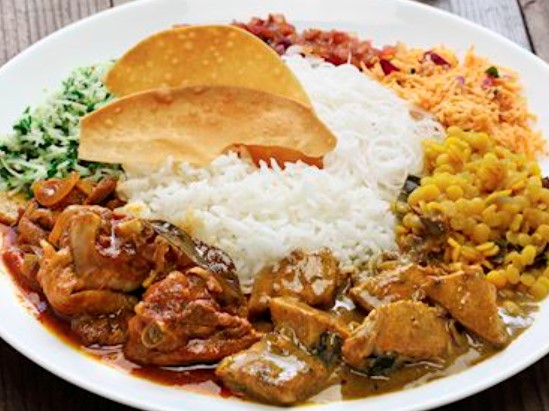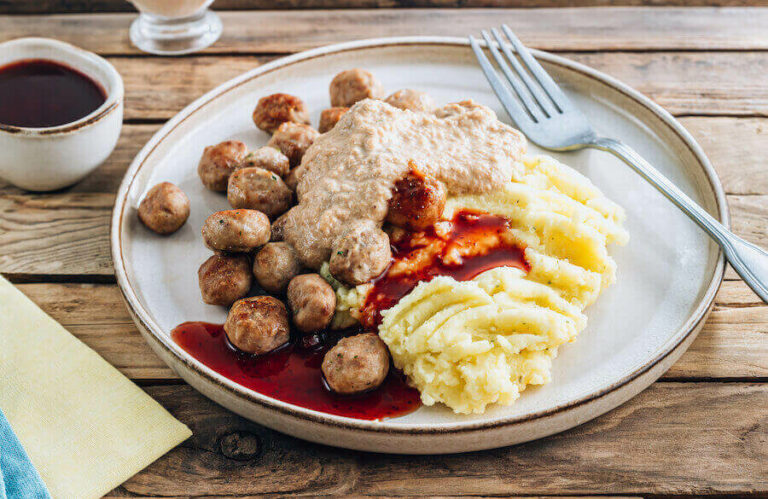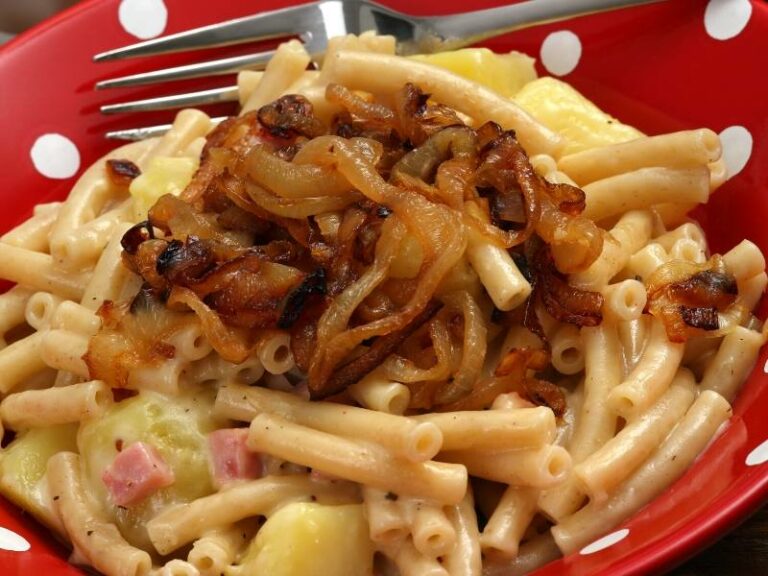Introduction: Somali cuisine and its roots
Somali cuisine is a reflection of the country’s rich history and cultural diversity. It is a fusion of African, Arab, and Indian flavors that create unique and tasty dishes. Somali cuisine is heavily influenced by the country’s geographical location on the Horn of Africa, which has been a crossroads for trade and cultural exchange for centuries. The cuisine features a variety of spices, herbs, and meats that are used to make flavorful stews, bread, and tea.
Somali cuisine is deeply rooted in the nomadic culture of the country’s people. For centuries, Somalis have relied on their livestock for food, including camels, goats, and sheep. As a result, meat is a central component of Somali cuisine, and it is often cooked in a variety of ways, including grilled, roasted, and stewed. Somali cuisine also features a range of grains, including rice, cornmeal, and sorghum, that are used to make bread and porridge.
Influences on Somali cuisine
Somali cuisine has been influenced by a variety of cultures and traditions. The Arab and Indian traders who visited the Horn of Africa brought with them spices and cooking techniques that have become an important part of Somali cuisine today. Additionally, the Somali people have also been influenced by the cuisine of neighboring countries, including Ethiopia and Kenya. Somali cuisine shares some similarities with Ethiopian cuisine, such as the use of injera bread, but it also features unique flavors and ingredients that set it apart.
Somali cuisine has also been shaped by the country’s history of colonization and migration. Italian colonization in the early 20th century introduced pasta and other Italian dishes to Somali cuisine, while Somali migrants who have settled in other parts of the world have brought their cuisine with them and adapted it to local ingredients. The result is a cuisine that is constantly evolving and adapting to new influences.
Unique ingredients in Somali dishes
Somali cuisine features a range of unique ingredients that are not commonly found in other East African cuisines. One of the most distinctive is xawaash, a blend of spices that includes cumin, coriander, cardamom, and cinnamon. Xawaash is used to flavor a variety of dishes, including soups, stews, and rice. Another key ingredient in Somali cuisine is hilib ari, a type of tender goat meat that is often marinated in spices and grilled.
Somali cuisine also features a lot of seafood, due to the country’s long coastline. Fish and shellfish are often used to make stews and curries, and they are also grilled and served with a spicy sauce. Other unique ingredients in Somali cuisine include banana peppers, fenugreek, and tamarind.
Main dishes in Somali cuisine
Somali cuisine is known for its hearty stews and curries, which are often made with meat and vegetables. One of the most popular dishes is suqaar, a stir-fry made with tender strips of meat, onions, and spices. Another popular dish is baasto, a spaghetti dish that is often served with a spicy tomato sauce and meat. Other popular Somali dishes include bariis iskukaris, a flavorful rice dish that is often served with a side of goat meat, and canjeero, a type of sourdough flatbread that is similar to Ethiopian injera.
The role of tea and coffee in Somali culture
Tea and coffee play an important role in Somali culture. Tea is often served throughout the day and is an important part of social gatherings and ceremonies. Somali tea is made with black tea leaves, sugar, and spices such as cardamom and cinnamon, and is often served with a side of dates or other sweet treats. Coffee is also an important part of Somali culture and is often served in a traditional ceremony known as bun. The coffee beans are roasted over an open fire, then ground and brewed in a special pot before being served to guests.
Conclusion: Somali cuisine in a global context
Somali cuisine is a vibrant and flavorful cuisine that is a reflection of the country’s rich history and cultural diversity. It is heavily influenced by Arab, Indian, and African flavors, and features a range of unique ingredients and dishes that set it apart from other East African cuisines. Somali cuisine is also constantly evolving and adapting to new influences, making it an exciting and dynamic cuisine that is gaining popularity around the world. With its rich history and delicious flavors, Somali cuisine is sure to continue to delight and inspire food lovers for years to come.




